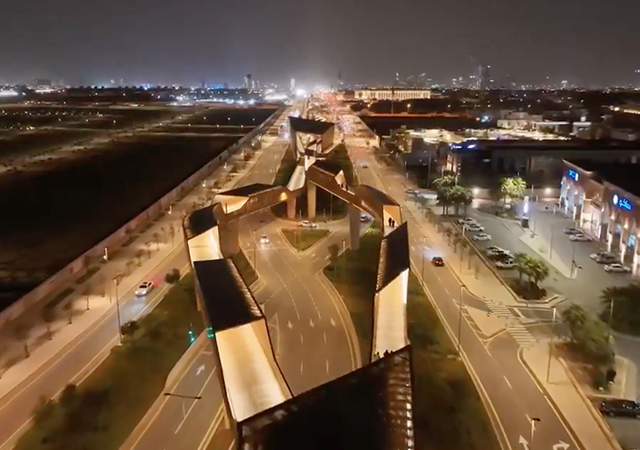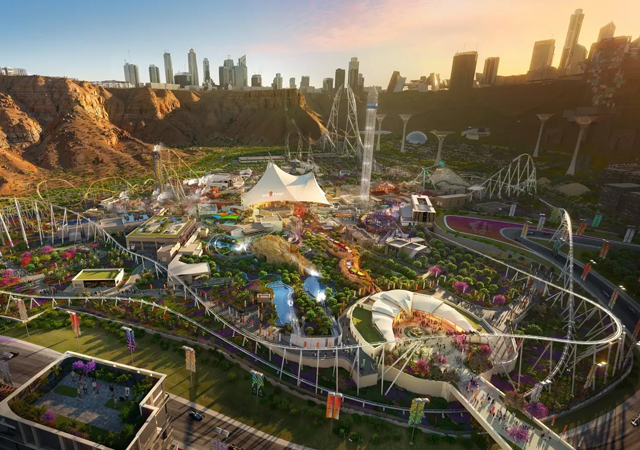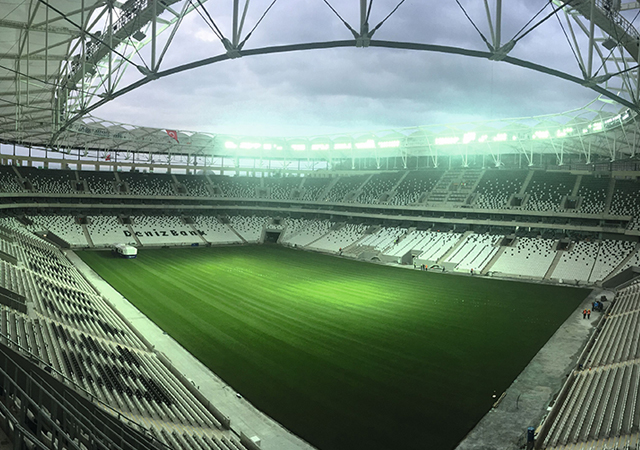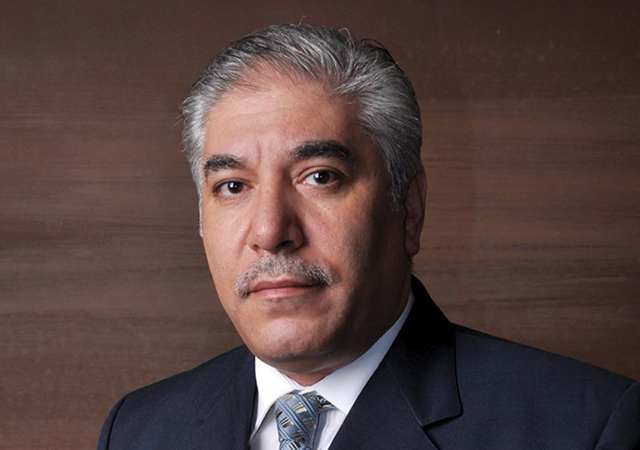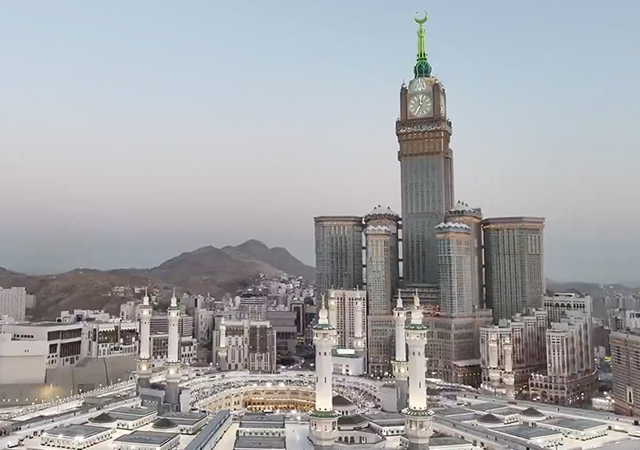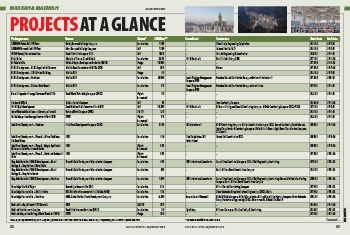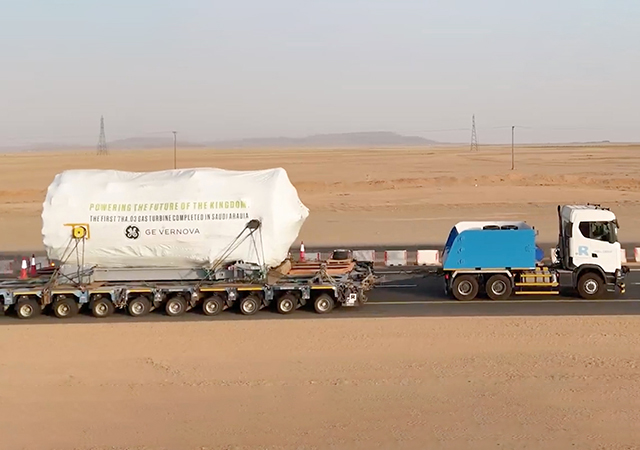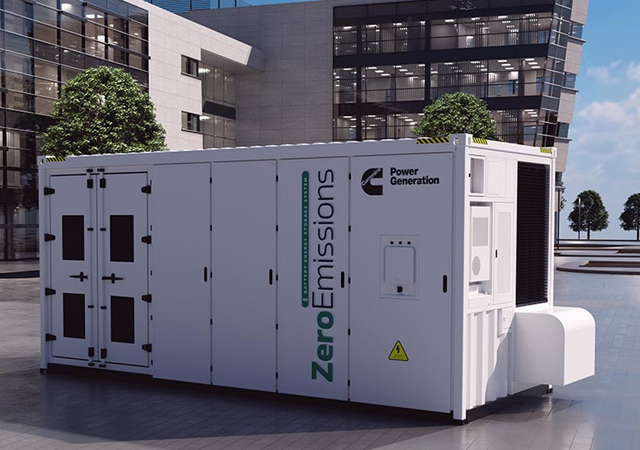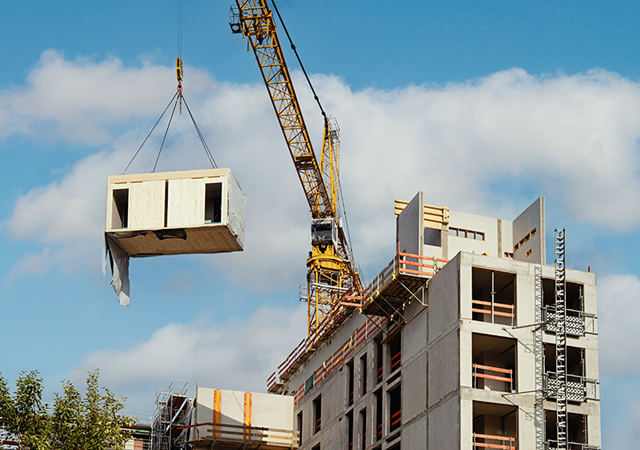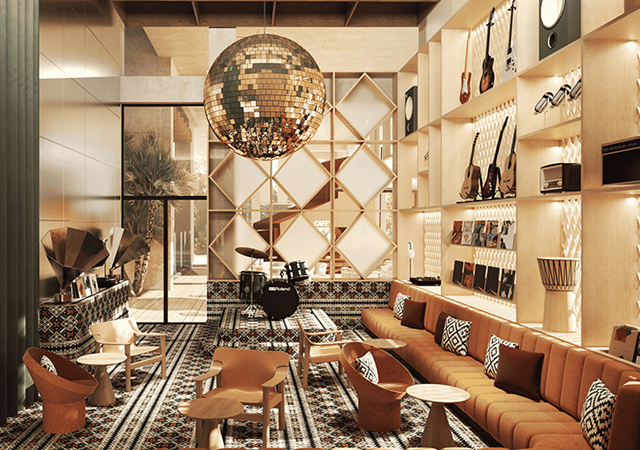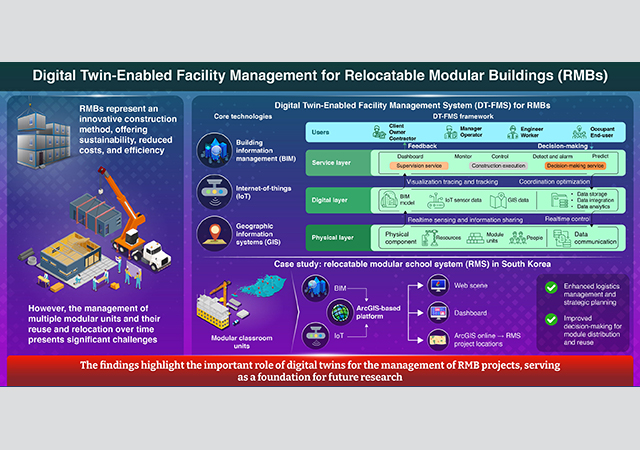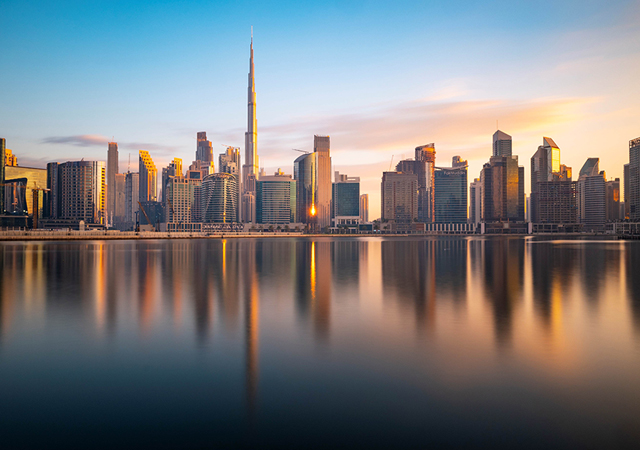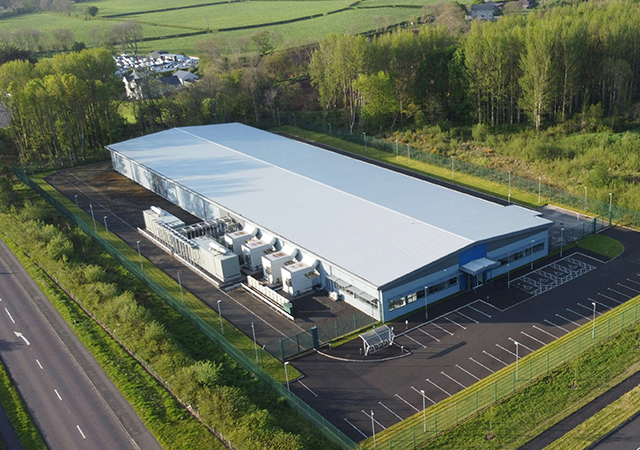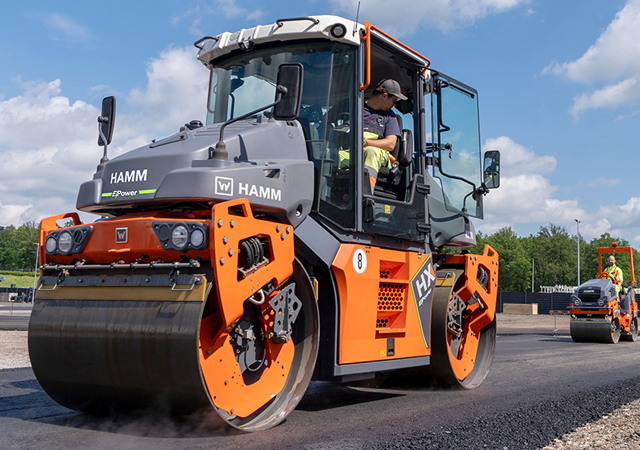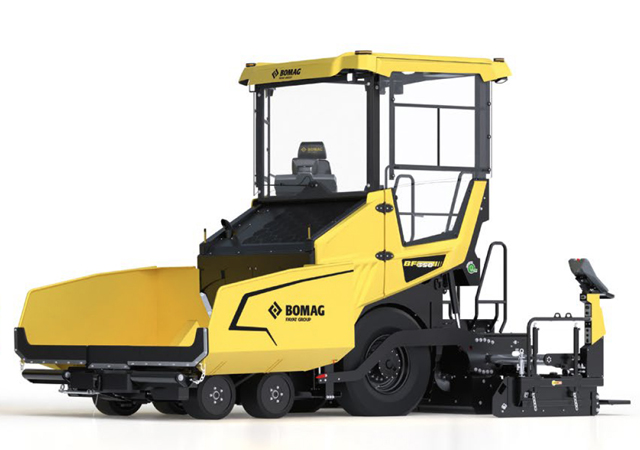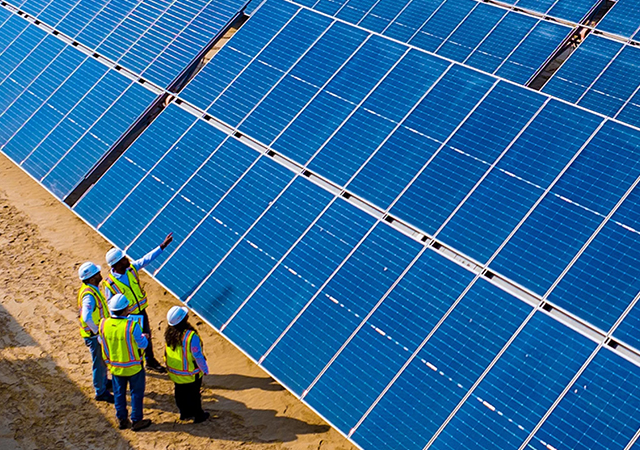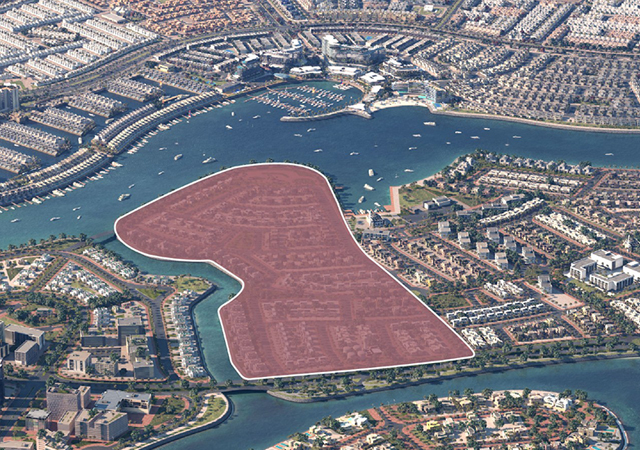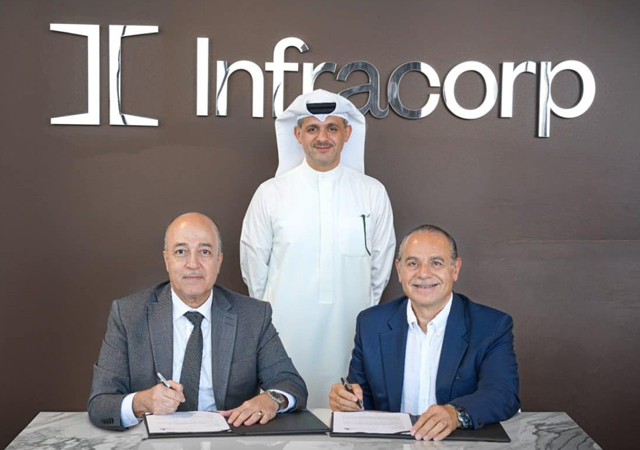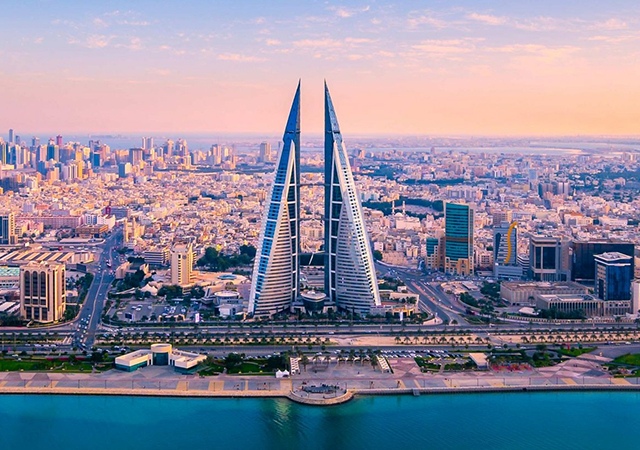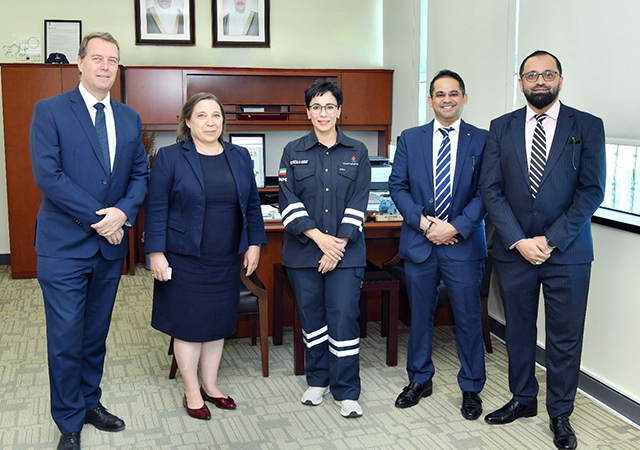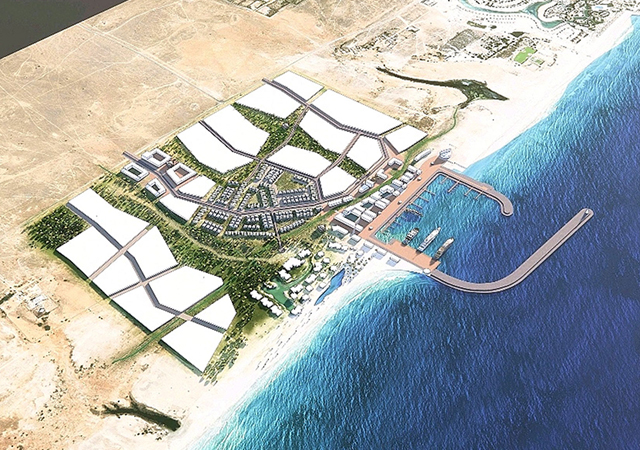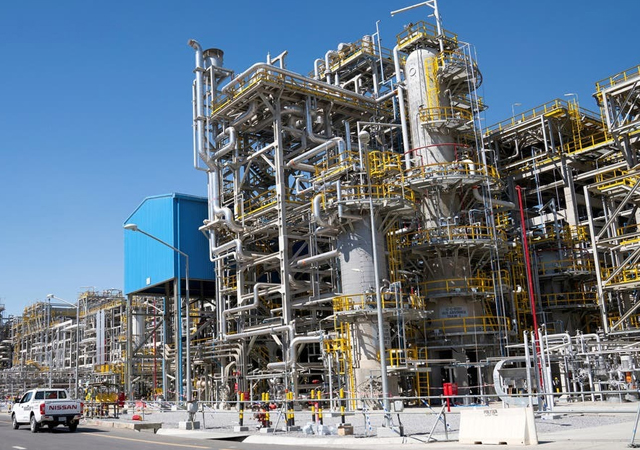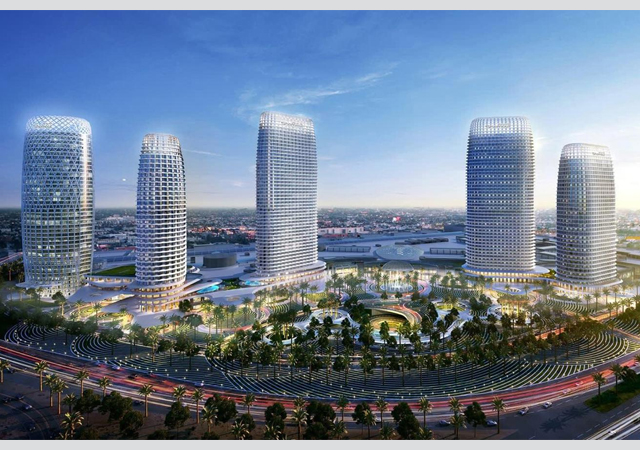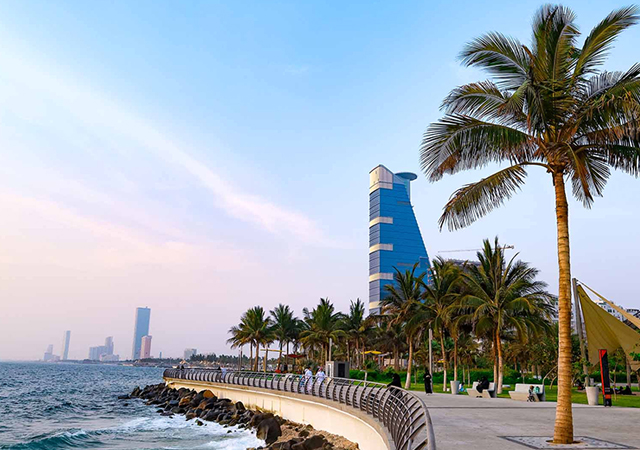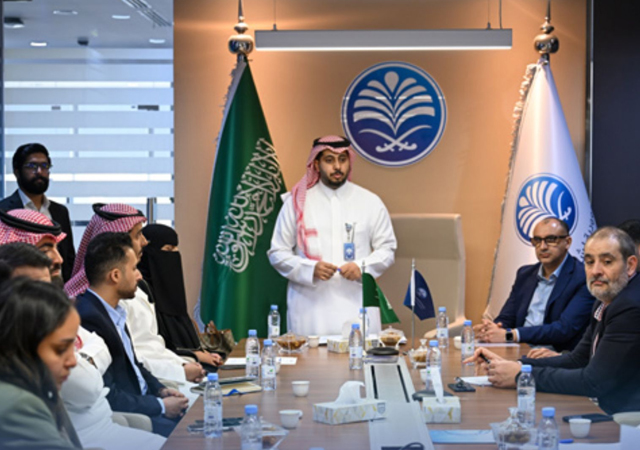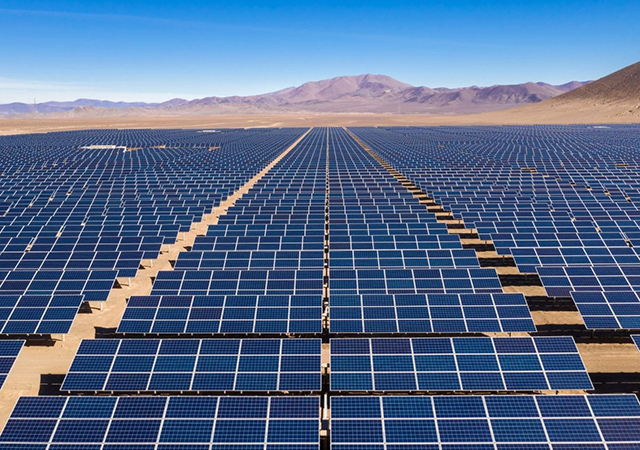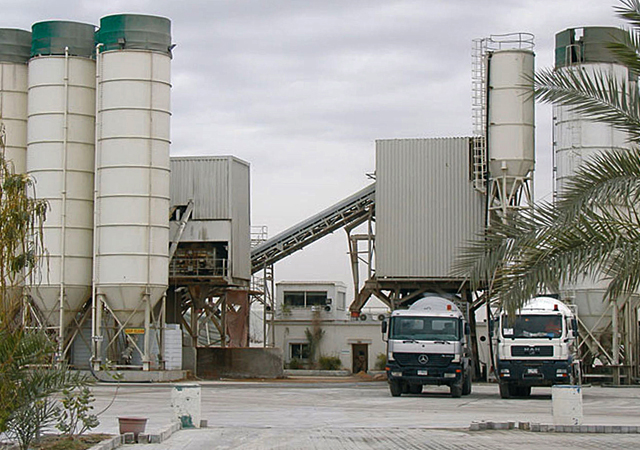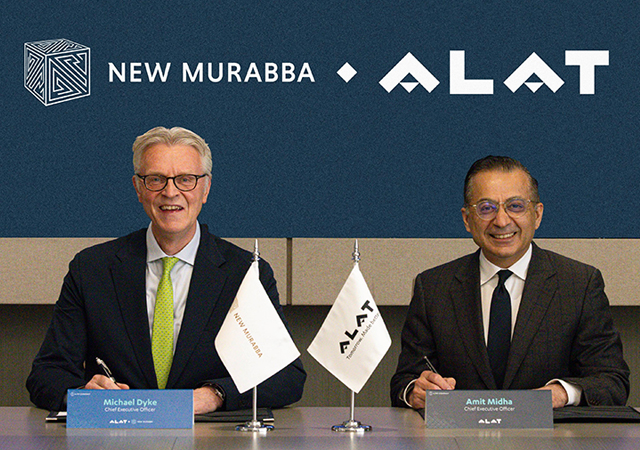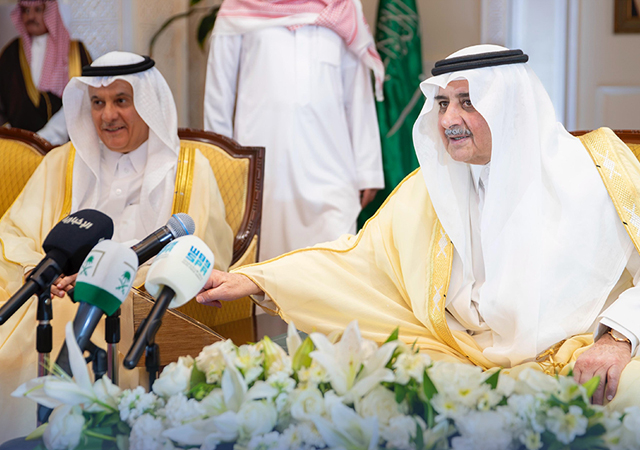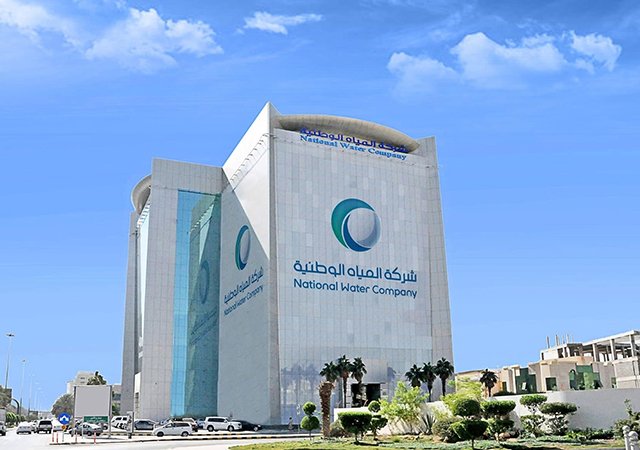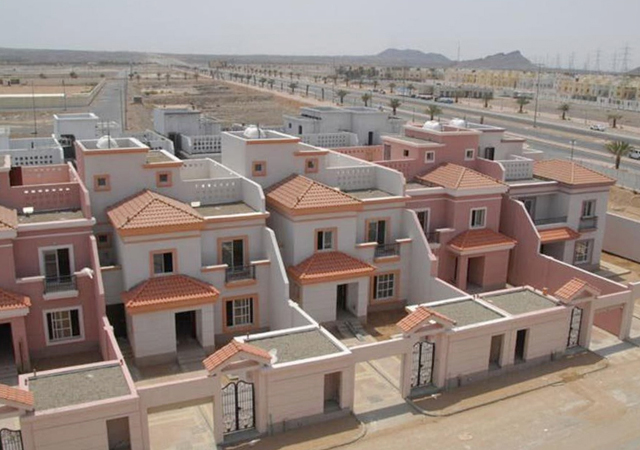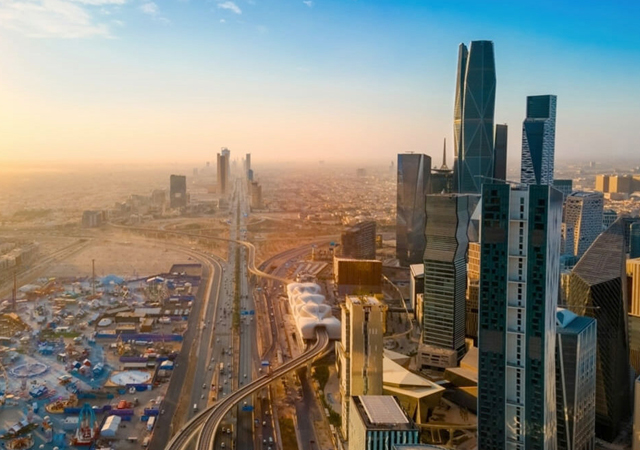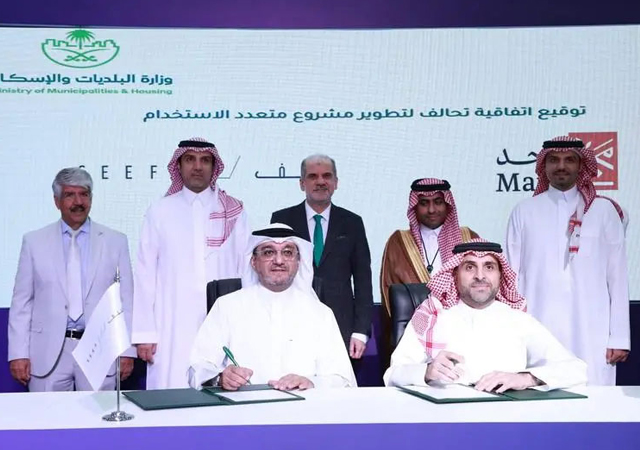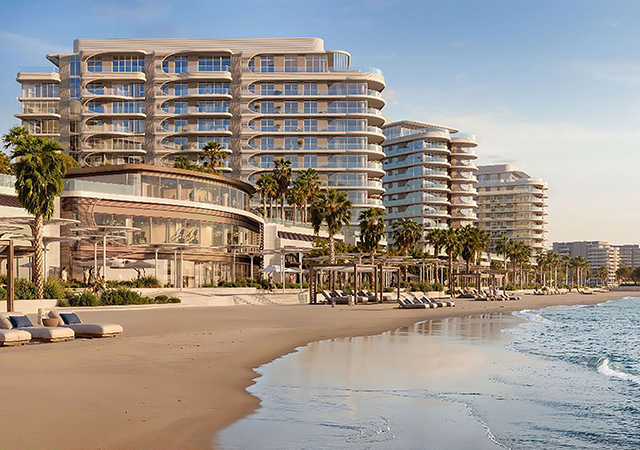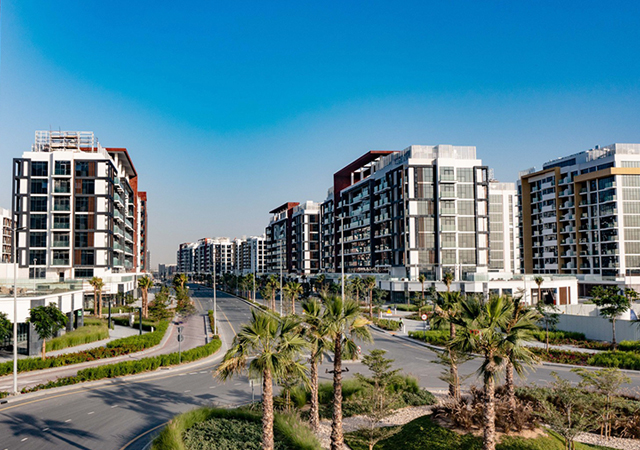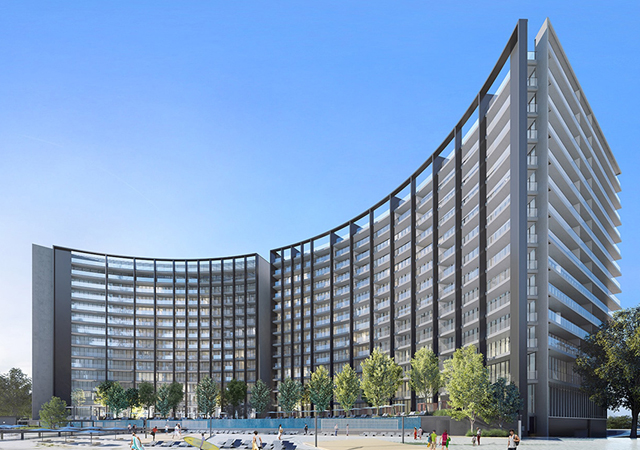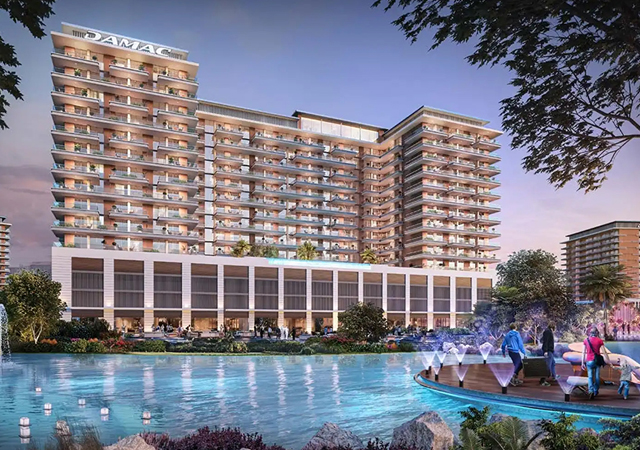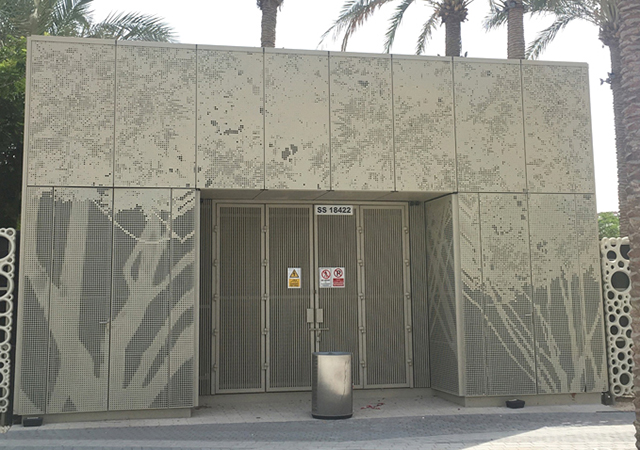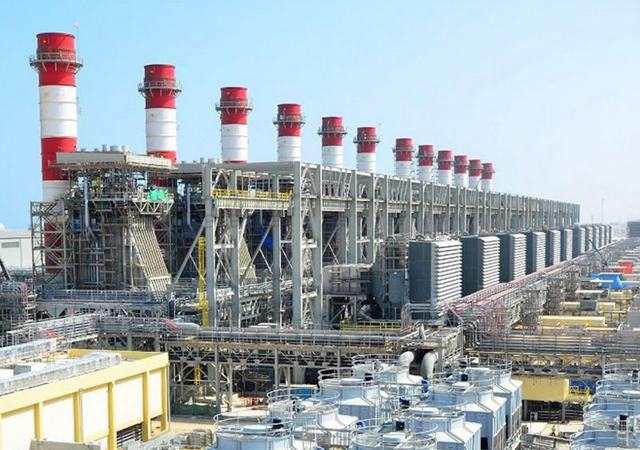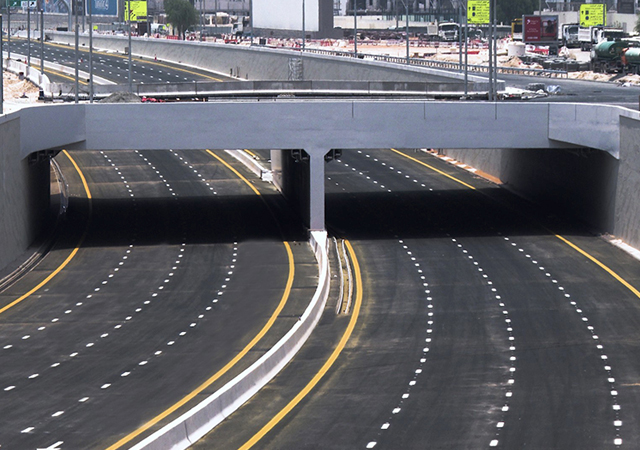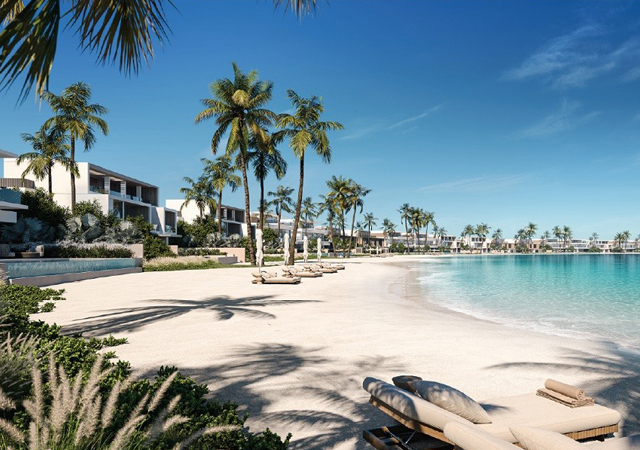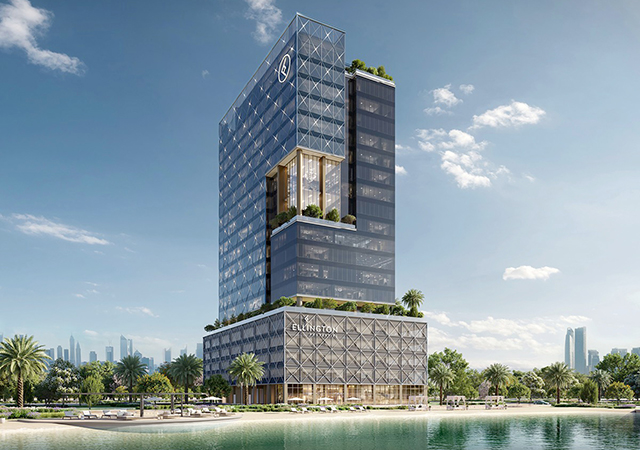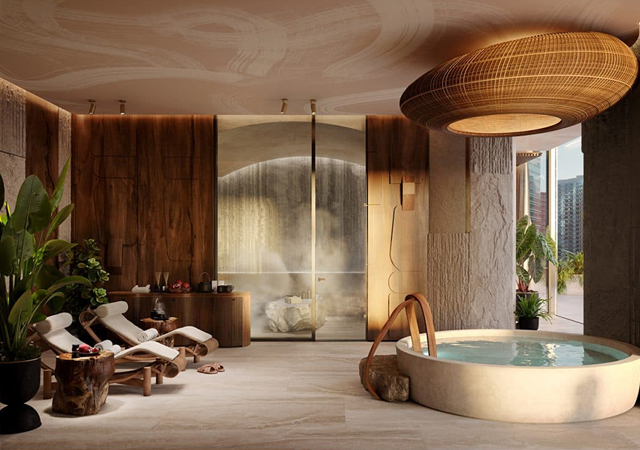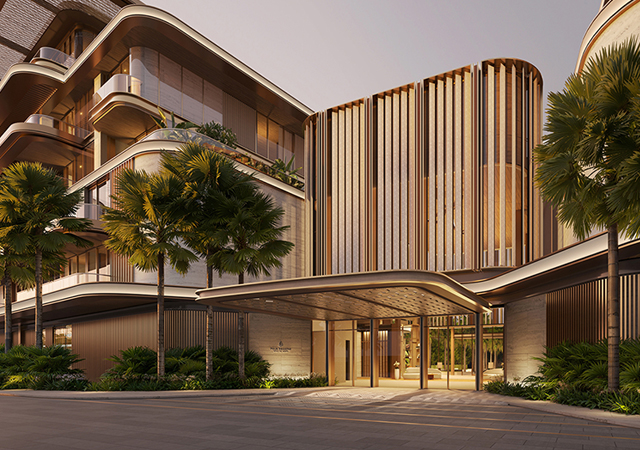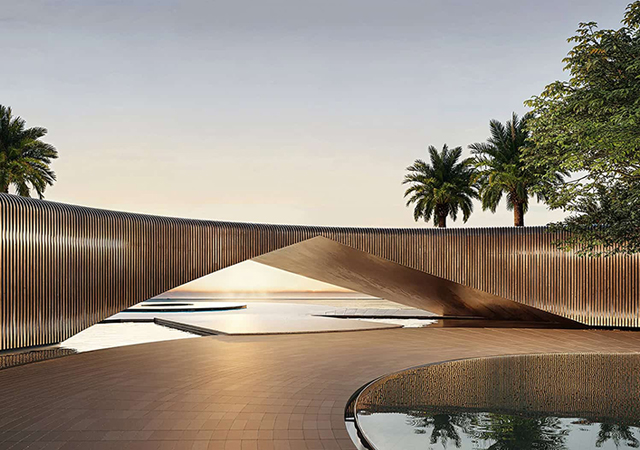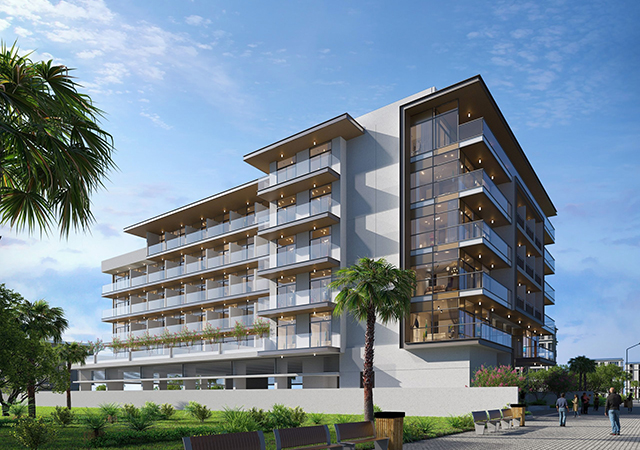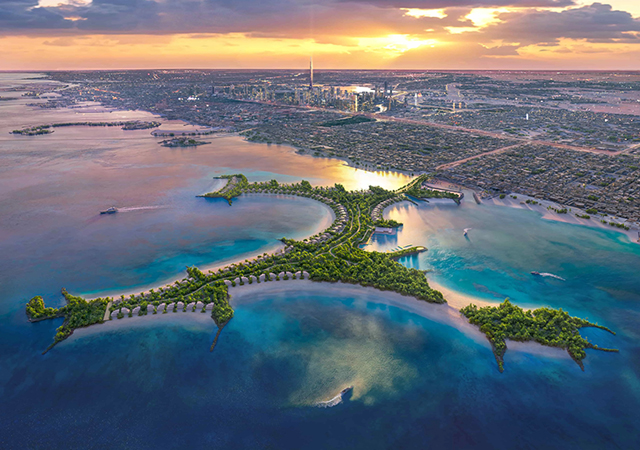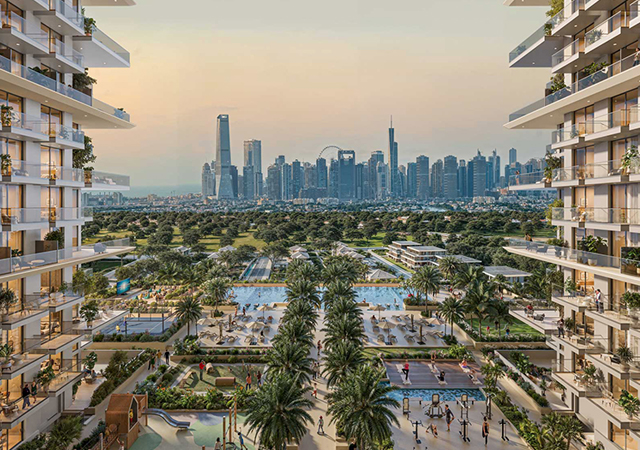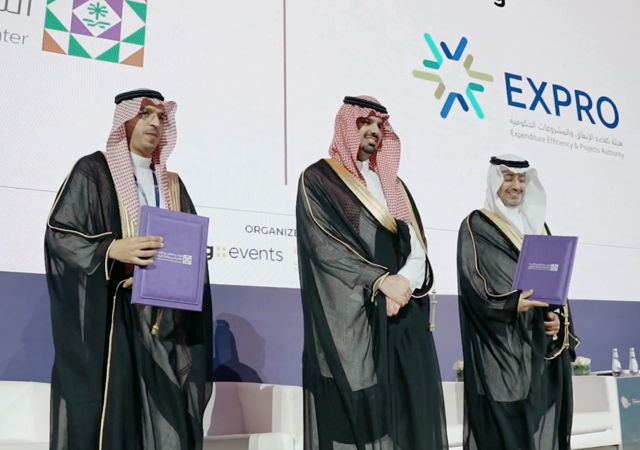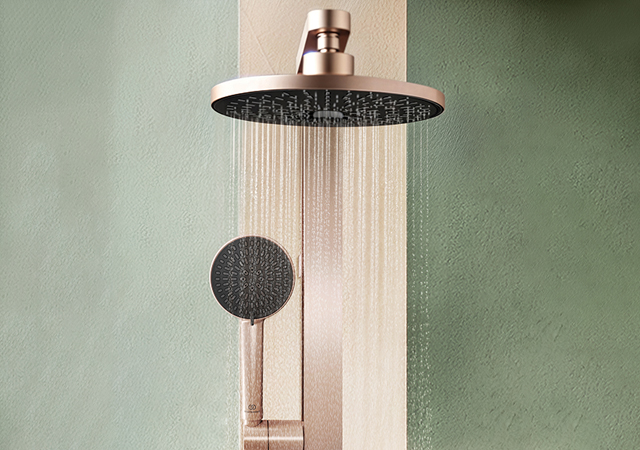
 The control tower ... under construction.
The control tower ... under construction.
Construction work is in progress on the port infrastructure and port building contracts for Phase One of the Khalifa bin Salman Port and Industrial area, a new deep sea port at Hidd destined to be a new gateway to Bahrain.
The new port development, which offers substantial room for expansion over the current port at Mina Salman, will be able to handle vessels up to post-Panamax size, having a quay wall 1.8 km in length and a draft alongside of 15 m.
The project is being implemented by the Strategic Project Directorate (SPD) of the Ministry of Works for the General Organisation of Sea Ports and Customs Affairs department of the Ministry of Finance and the Industrial Area Directorate (IAD) of the Ministry of Industry. The port will be operated by the Netherlands-headquartered APM Terminals, one of the top-ranked global operators of container terminals in the world operating more than 45 ports.
APM Terminals signed the concession agreement in November 2006 for the operation of Mina Salman and the new Khalifa bin Salman Port, upon completion of construction which is anticipated by the third quarter of this year. The will provide the operational equipment for the port, where the container terminal is planned to operate four post-Panamax gantry cranes, and will use a rubber-tyred gantry container management system, thereby maximising space utilisation, enabling the terminal to handle a substantial increase in total annual throughput.
The consultant, designer and project manager on the development is the UK-headquartered Royal Haskoning, whose local associate is ACE-Almoayed Consulting Engineers.
Work on Phase One – which is scheduled for completion later this year – has involved reclamation of an area of 700 hectares (ha) to accommodate the 110-hectare port area, a 240-ha industrial area (which is now functional as the Bahrain International Investment Park), 90-ha special free zone and access roadway; basic infrastructure for the industrial and free zone areas (roads and services); common-use buildings and services (fire station, water tank, sewage treatment plant, business centre etc); port infrastructure (quay wall, crane beam, pavement and services); and port buildings and sheds.
A number of these components have already been completed including:
• Advance reclamation contract under a BD19.8 million ($52.5 million) to Boskalis Westminster in 1999;
• Industrial area infrastructure and building works, completed in 2003 by AA Nass Contracting and Olympic Construction under contracts worth BD12.7 million and BD2 million respectively;
• Dredging, reclamation and marine works, completed in 2005 by a consortium comprising Great Lakes Dredge and Dock Company of the US, Murray and Roberts/AA Nass joint venture (marine works), and AA Nass (rockworks). The BD80 million dredging, reclamation and marine works contract involved the construction of 7.2 km of causeway; 21 million cu m of dredging; 230 hectares of reclamation; 1,800 m of concrete gravity wall; a small craft harbour. It required 21 million cu m of hydraulic fill with an average production of 20,000 cu m fill per day;
• A sewage treatment plant, including primary, secondary and tertiary treatment facilities, located near the free zone area. The plant was completed in 2005 by AA Nass Contracting under a contract valued at BD2.25 million; and
• A 6,600 sq m port administration building, for the Bahrain International Investment Park (BIIP), General Organisation of Sea Ports and the Ministry of Industry and Commerce and a 7,400 sq m building for Custom Affairs. Both buildings are located within the industrial area and were completed at a cost of BD5 million in 2006.
Port infrastructure works, which are due for completion this year, are being implemented by Ahmed Mansoor Al A’Ali under a BD31.3 million contract. The contract entails providing infrastructure for the port and the free zone area. It includes 92 ha of cement-bound granular material (CBM), block paving and 16 ha of ground improvement in the port area; 7 km of dual-lane arterial road and 20 km of roads, also covering the free zone; 1.5 km of crane beam and rails; services for all areas including 30 km of stormwater, sewage and blending lines and water reservoir and pumping station; telecommunication/data-link ducting; installation of 40 high-masts ranging in height from 35 to 40 m, 31 hinge-type floodlights and 368 streetlights; and electrical works consisting of low and high voltage cabling and 23 substations.
Commenting on the port infrastructure works, Syd Bell, project manager at Royal Haskoning, says: “The ground improvement works were completed on a fast-track within the first four months of the contract, while paving work is 20 per cent complete and scheduled to be finished by the end of the contract in June. The crane beam is ready and work on laying crane rails was set for completion by the end of last month. There will be four post-Panamax gantry cranes built by ZPMC of China and supplied by APM Terminals. These will be 75 m tall with a reach of 54 m. Additional equipment includes 12 rubber-tyred gantries (RTGs) as well as reach stackers, forklifts and mobile cranes.
“All services as well as erection of high-mast lighting are targeted for completion this month.
“Regarding the electrical work, 12 substations have been completed in the free zone while a further 11 substations will be finished by the middle of next month. Switchgear items have started to come on site and will also be installed by mid-February. Transformers will be in place this month and installation of low and high-voltage cables began last month for completion in April. Roadworks, which are progressing ahead of schedule, will be completed this month.”
Also in progress is the port buildings contract. Under the BD16.7 million deal, Bokhowa Group has been entrusted the construction of the 1,935 sq m harbour master’s offices and control tower, buildings for the container and passenger terminals, customs clearance, port operation, quarantine building and food control; as well as the aluminium export and transit sheds, container freight station, main and marine workshops; canopy gate, gate houses and canteen.
The basic structure of the three-storey harbour master’s offices and 43-m-high control tower have been completed. The control tower will have a vessel tracking and monitoring system – a complex state-of-the-art radar system.
Work is in progress on the two-level container terminal building which will be completed by the end of April. It will have the computerised container and cargo tracking system linked to the RTGs for locating containers in the stack.
The single-storey passenger terminal building, which is designed to handle four cruise vessels per week – each carrying 1,500 passengers – is expected to be completed at the end of April, while the customs clearance and the port operations buildings will be ready by the end of March.
Other elements of the port buildings contract include:
• The aluminium export shed, transit sheds and the container freight station, where cladding and blockwork is ongoing, following completion of structural steel work. The buildings are expected to be completed at the end of April;
• Main and marine workshop, where the structural steel erection is in progress, for completion by end of June;
• Quarantine and food control buildings which are expected to see final completion end of March; and
• Canopy gate, gatehouse and canteen which are due to be finished by end of May.



